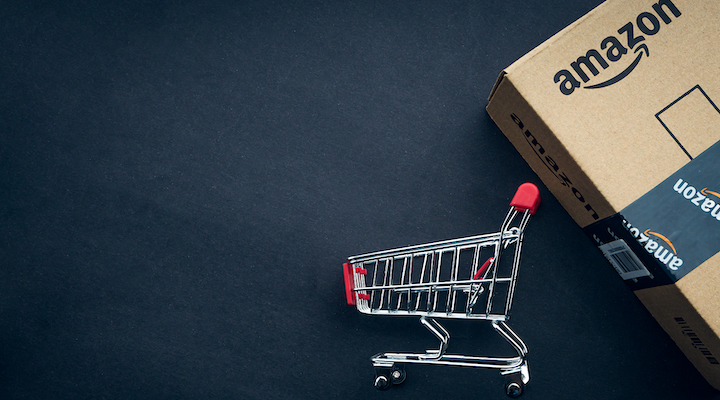Amazon.com is to open several department stores in its home US market to test the concept as it continues to build out its multichannel business model.
According to multiple reports, the new stores will stock clothing, household items and electronics, along with other items, creating a new touchpoint for previously online-only customers.
Department stores’ share of the overall US market has fallen from 14.5 per cent in 1985 to about 2.9 per cent today, according to GlobalData, which might on the surface suggest it is not the best time to be launching a new chain.
But sources say Amazon’s version of the department-store model will be more compact than traditional chains.
“The move by Amazon will be experimental at first,” said Neil Saunders, MD at GlobalData Retail. “However, if it gets rolled out in a serious way, it is very bad news for traditional department stores. Kohl’s may suffer, if only because Amazon is likely to favour locations similar to its own. Macy’s, which is supposed to be developing its own smaller department store concept called Market by Macy’s, is behind the curve on rolling this out.
“In short, the lack of innovation by traditional department stores means their defences are very weak, so the last thing they need is to fend off a new invader to their space.”
Amazon has already established a growing footprint of physical stores, acquiring the up-scale Whole Foods supermarket chain four years ago, along with opening physical bookstores and shops selling electronic goods. It is also testing automated, cashier-less convenience stores in several markets.
Amazon has reportedly selected sites in Ohio and California for the first trial department stores, expected to be around 30,000sqft (2800sqm), around one-third the size of rival stores. They will focus on high-profile consumer brands and Amazon’s own private-label products.
One observer, Tom Caporaso, CEO at Clarus Commerce, is unsurprised by the news.
“As Target and Walmart both reported slight plateaus in e-commerce sales in their earnings reports this week, it’s clear that shoppers are trying to get back to physical storefronts,” he said.
“Earlier this year, Amazon was already purchasing old department store spaces for micro-inventory, accelerating local delivery to nearby Prime customers. While Amazon recently surpassed Walmart in total consumer spending, Walmart still has a much wider physical footprint, with almost 90 per cent of the US population living within 10 miles of a store.”
He said the new stores might be able to provide Amazon’s loyal Prime customers with an elevated in-store experience it cannot offer online.
“The pandemic caused a surge in buy online, pick-up in store and curbside pickup popularity, so Amazon will likely adopt similar services to keep up with other big-box retailers. Our recent data found that 51 per cent of shoppers enroll in premium loyalty programs like Prime for faster shipping, at least 16 per cent of shoppers enroll for great in-store experiences – a demographic that Amazon previously couldn’t reach,” said Caporaso.







